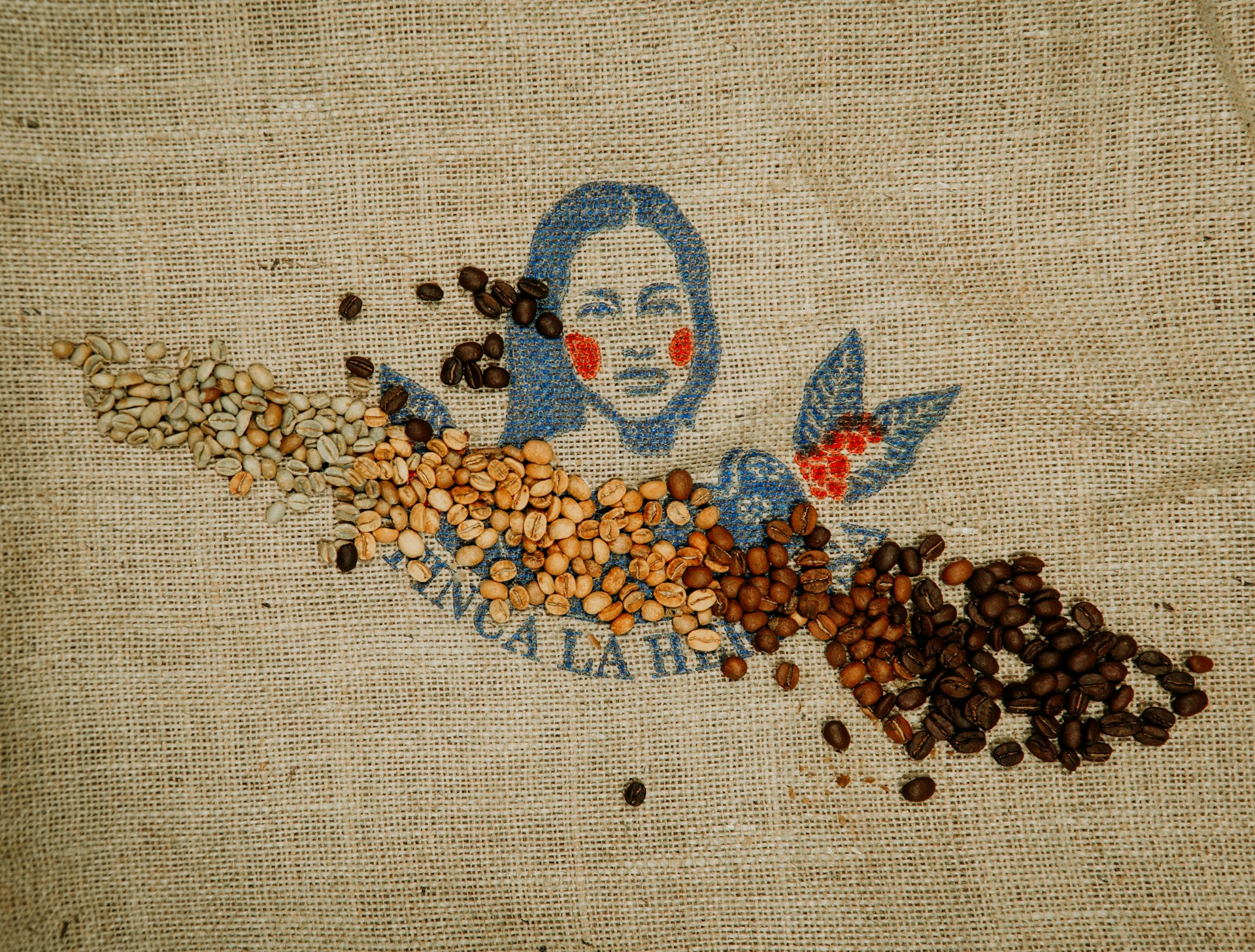First Crack

Photo: Will Dutton
First Crack is a pivotal moment in the coffee roasting process, marking the initial stage of expansion and the release of steam and gases from the coffee beans. This event occurs when the temperature of the beans reaches approximately 196°C to 205°C (385°F to 401°F), causing the moisture inside the beans to vaporize and create pressure that eventually leads to the cracking sound.
The sound of the first crack resembles popping or cracking, somewhat similar to the sound of popcorn popping, and it signifies a significant transformation within the beans. At this point, the beans undergo physical changes, expanding in size and lightening in color as they transition from green to a light brown hue. This is where the coffee begins to develop its unique flavor profile, as various chemical reactions occur, including the breakdown of chlorogenic acids and the formation of new compounds that contribute to acidity and sweetness.
Roasters typically use the first crack as a guide to determine the roast level they aim to achieve. For lighter roasts, many choose to stop the roast shortly after the first crack, allowing the beans to retain their vibrant acidity and complex flavor notes. On the other hand, roasters aiming for medium or dark roasts will allow the roast to continue into the subsequent phases, including the second crack, where the flavors become more pronounced and intense.
Monitoring the first crack is crucial for achieving desired flavor profiles and consistency in roasting. Experienced roasters listen carefully for this sound, as it indicates the right moment to adjust airflow and temperature, ultimately guiding the roast toward the desired finish. The timing and conditions during this phase can dramatically influence the final cup, making it a fundamental aspect of the art and science of coffee roasting.